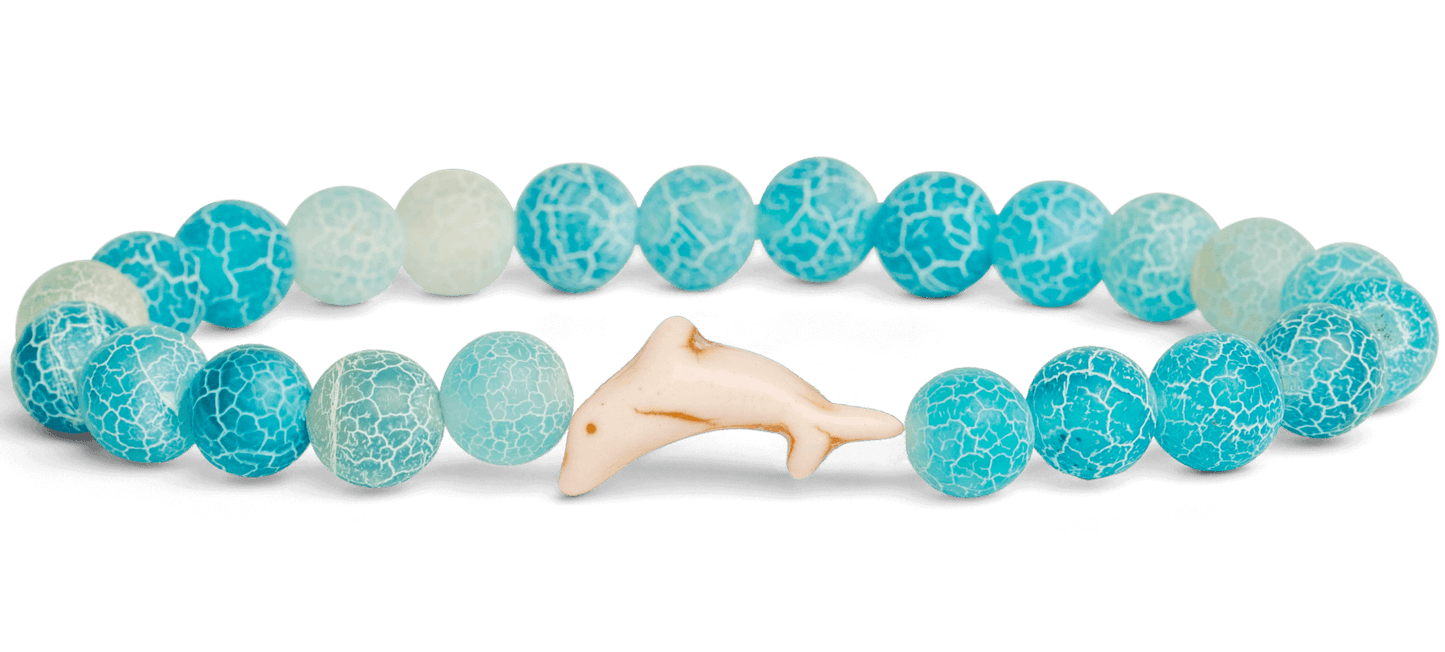
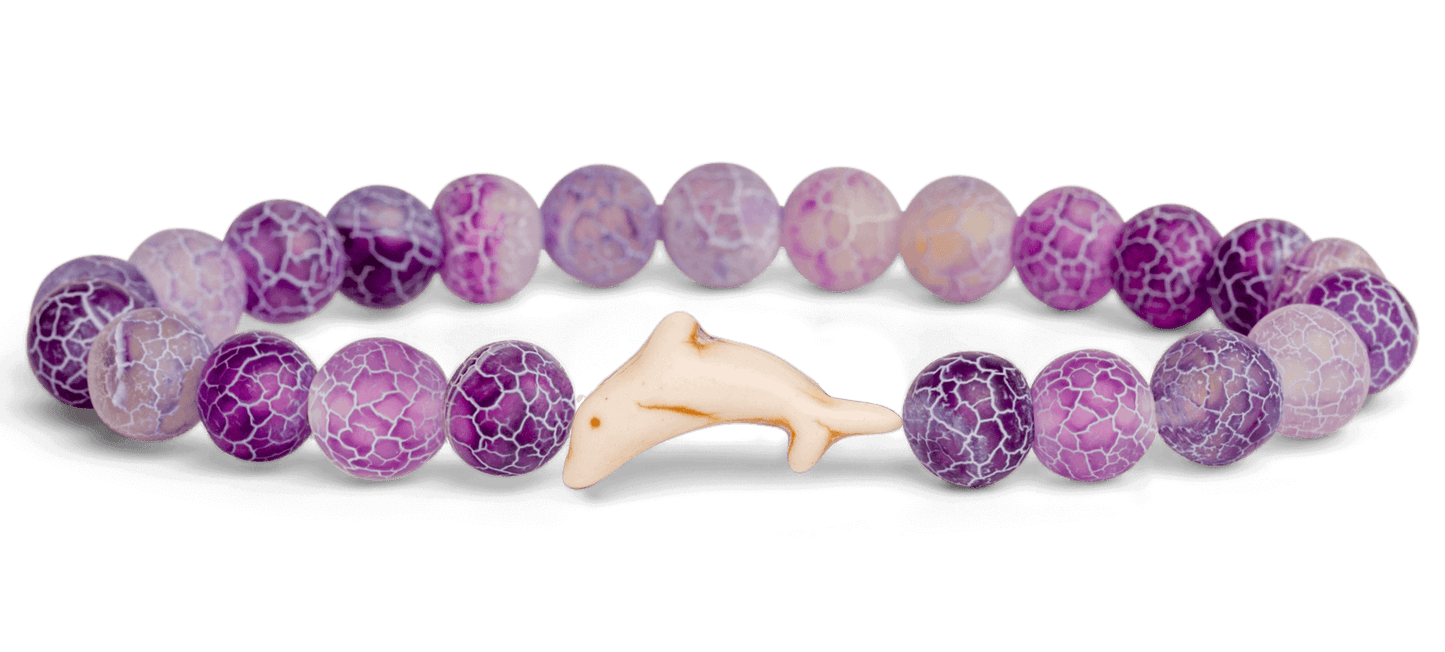

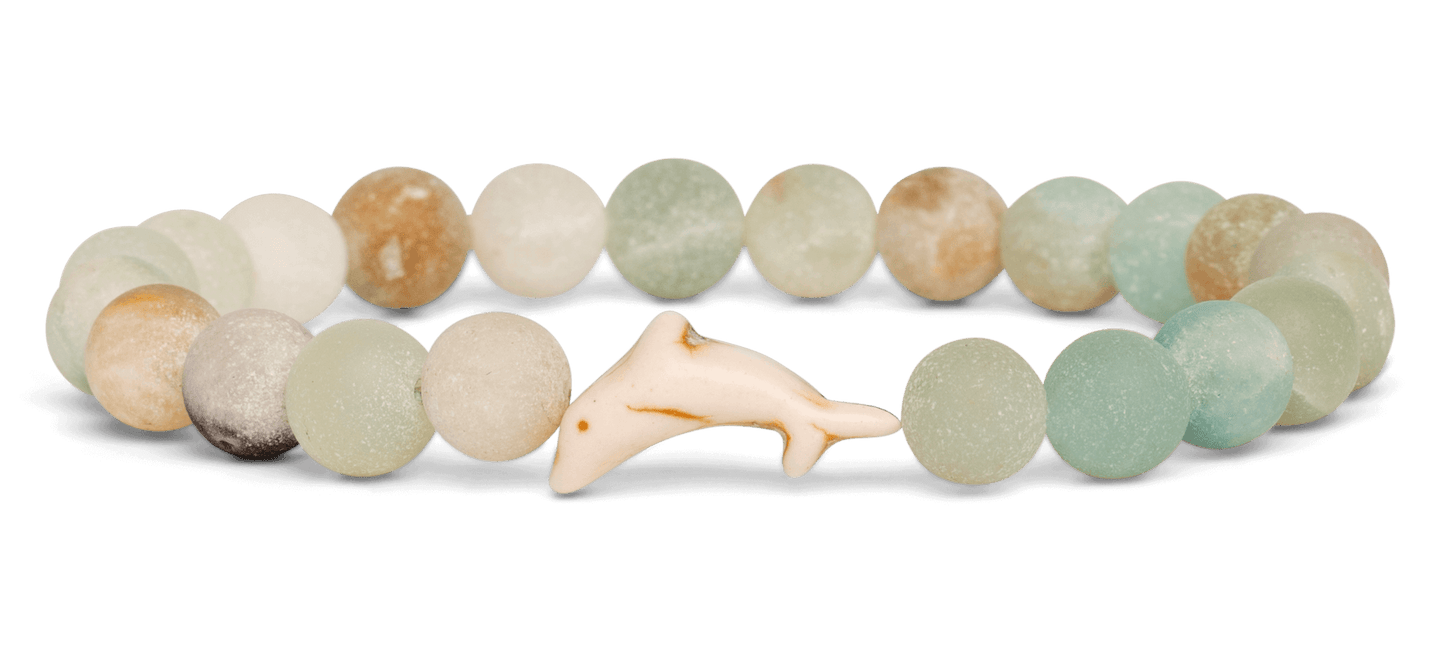
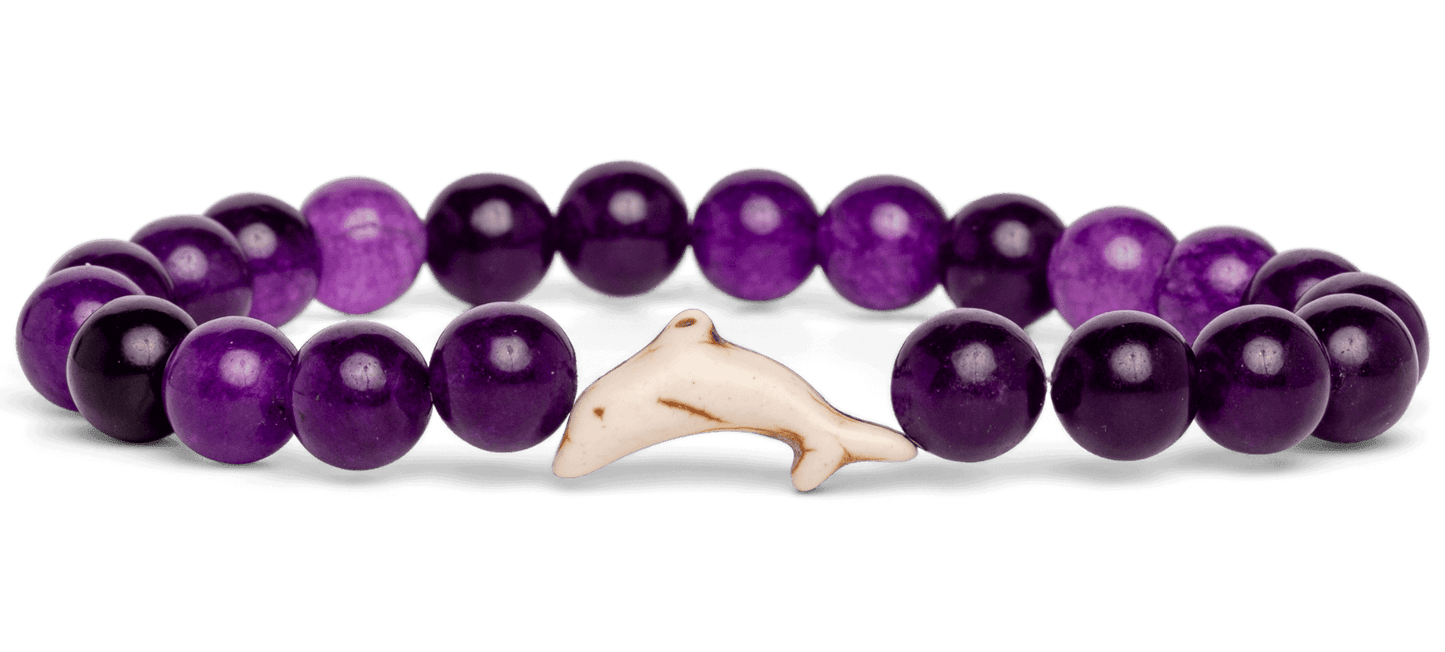
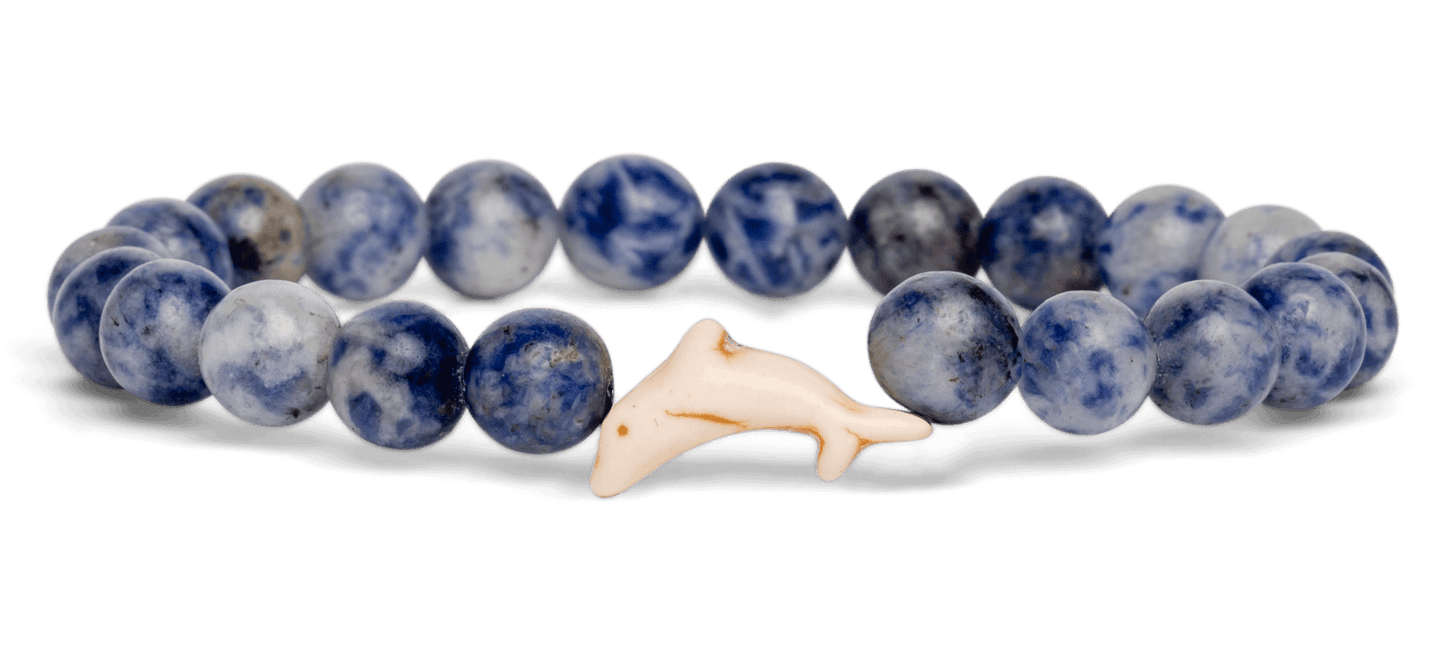
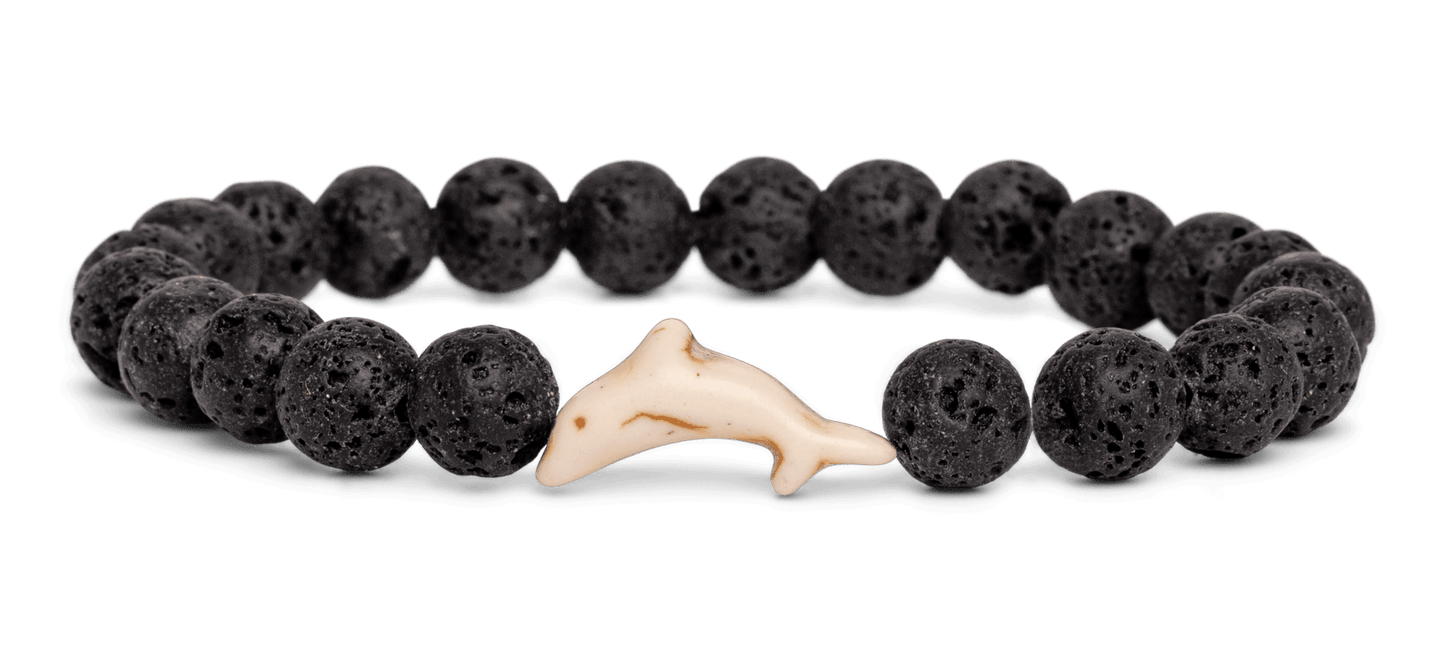
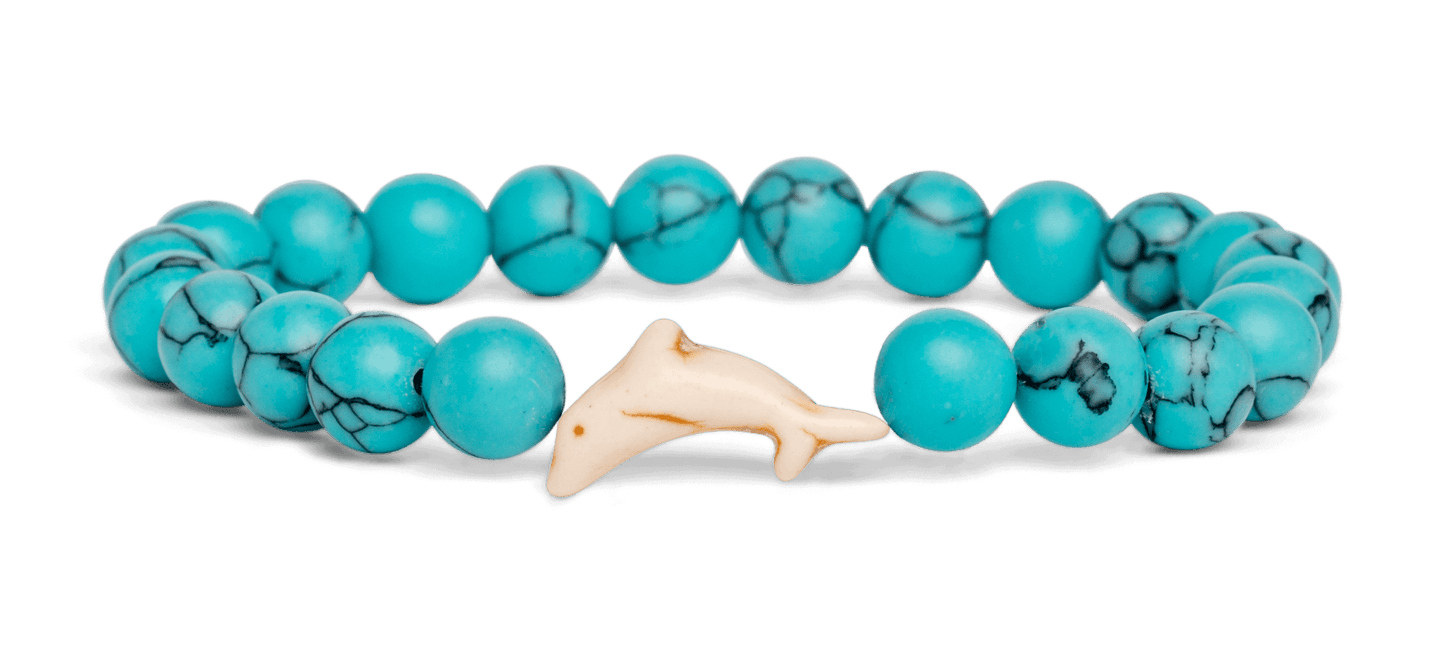
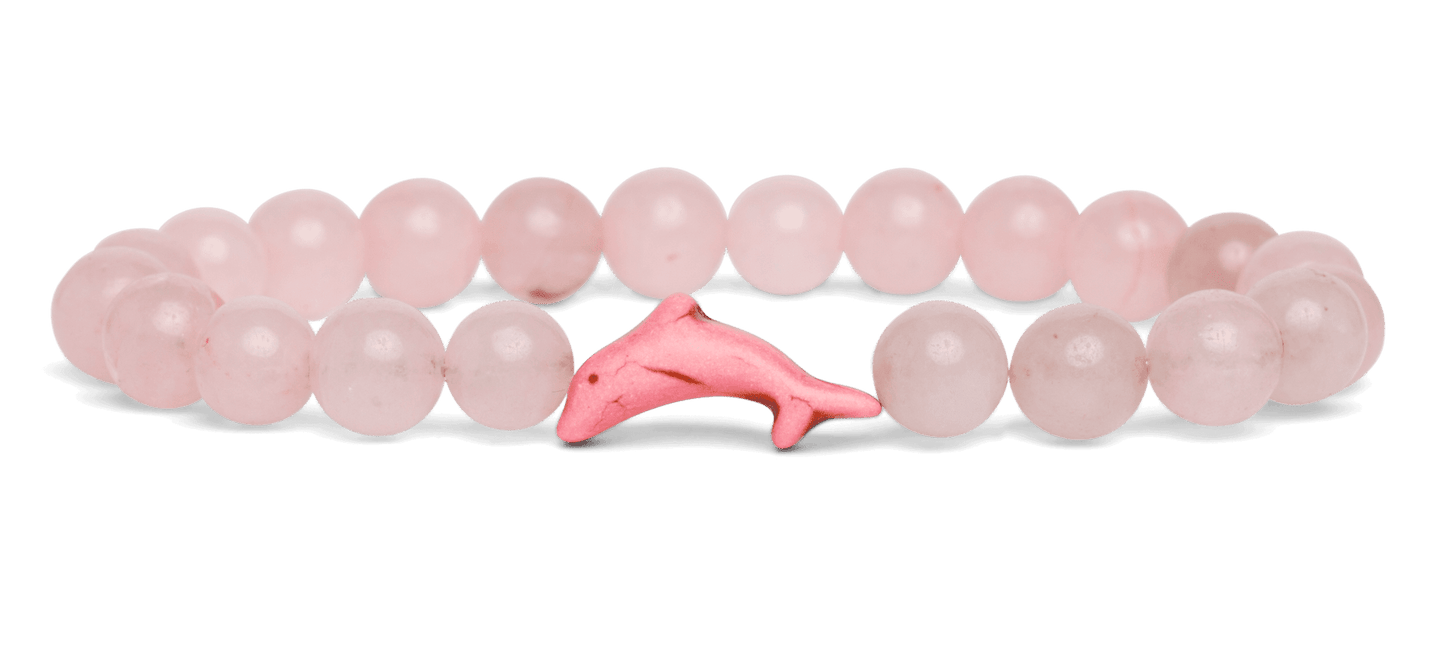
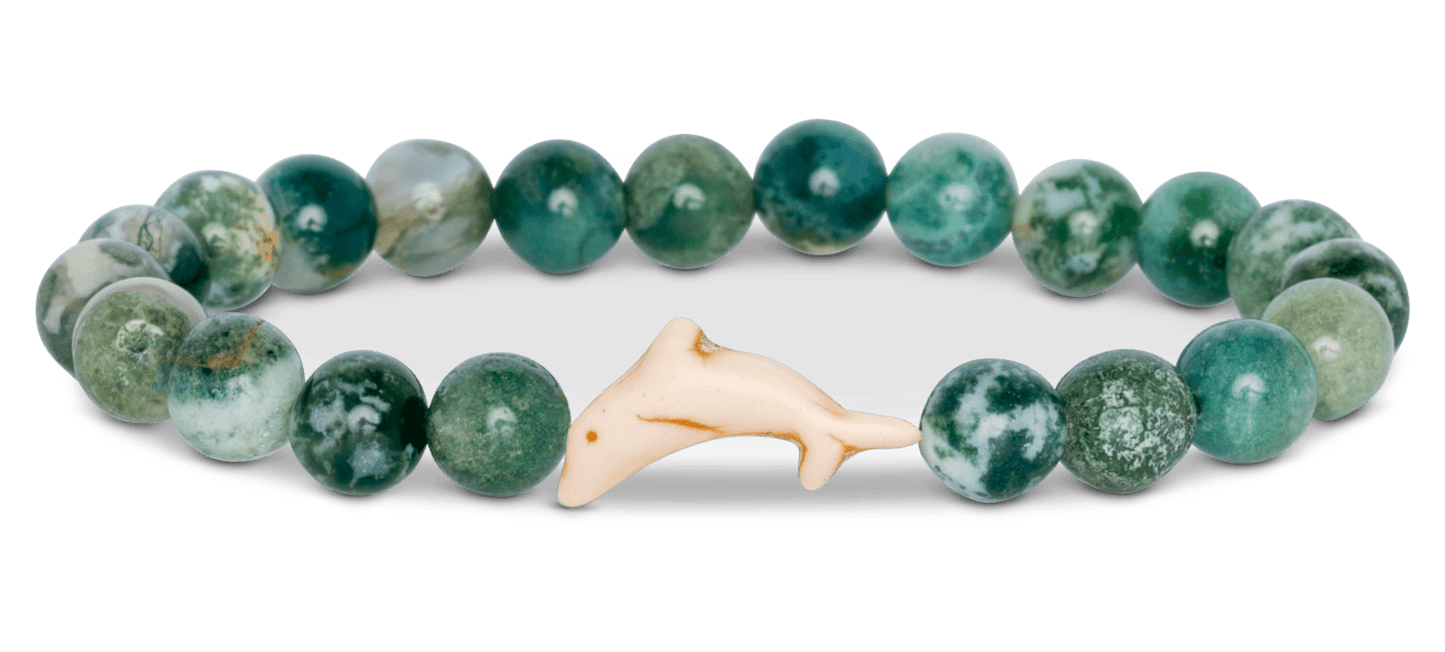
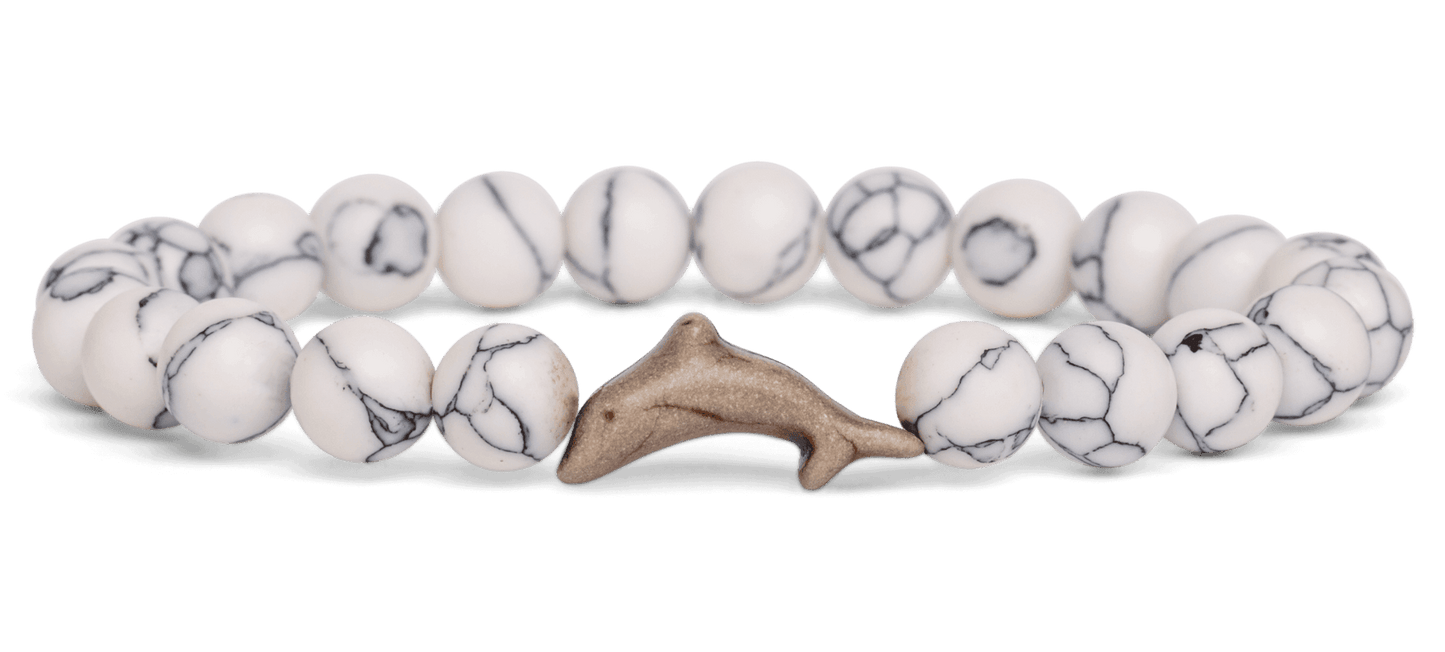
Each Bracelet Comes With
A Real Dolphin To Track
Each Bracelet Comes
With A Real Dolphin To
Track
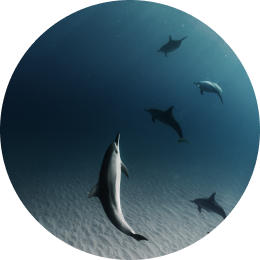
Meet your dolphin
and learn their story
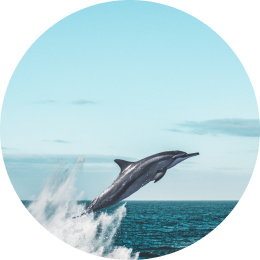
Reveal exclusive photos, stats, and updates
along the way
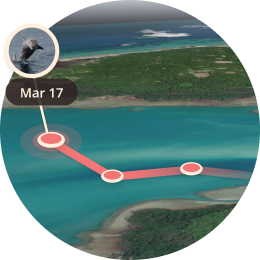
Follow their path on an
interactive tracking map
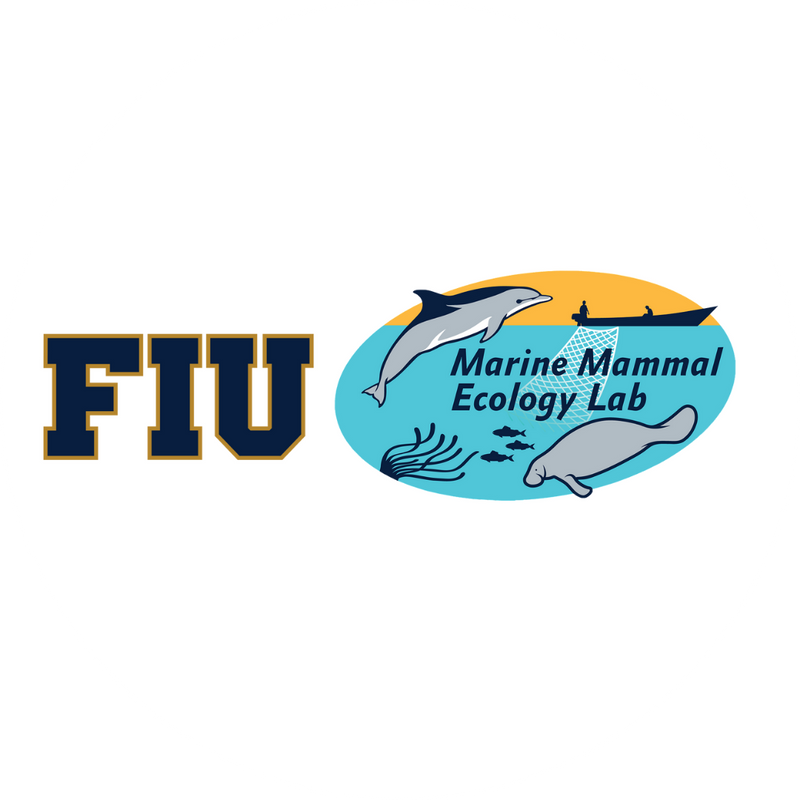
In partnership with
FIU Marine Mammal
Ecology Lab

Made in partnership with FIU Marine Mammal Ecology Lab, which focuses research efforts on the ecology, behavior, and conservation of marine megafauna worldwide.
One small bracelet.
One big mission.
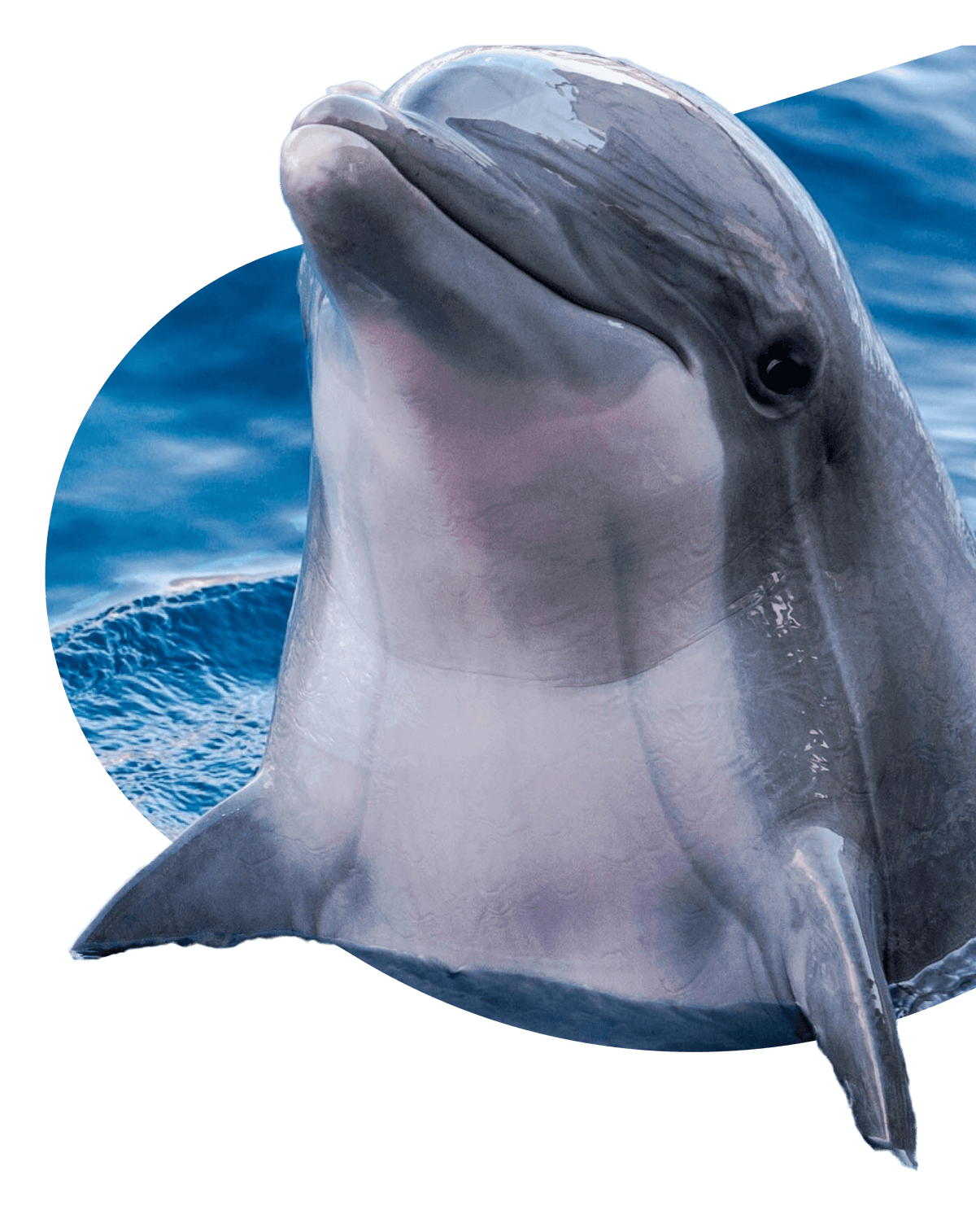
Common Questions
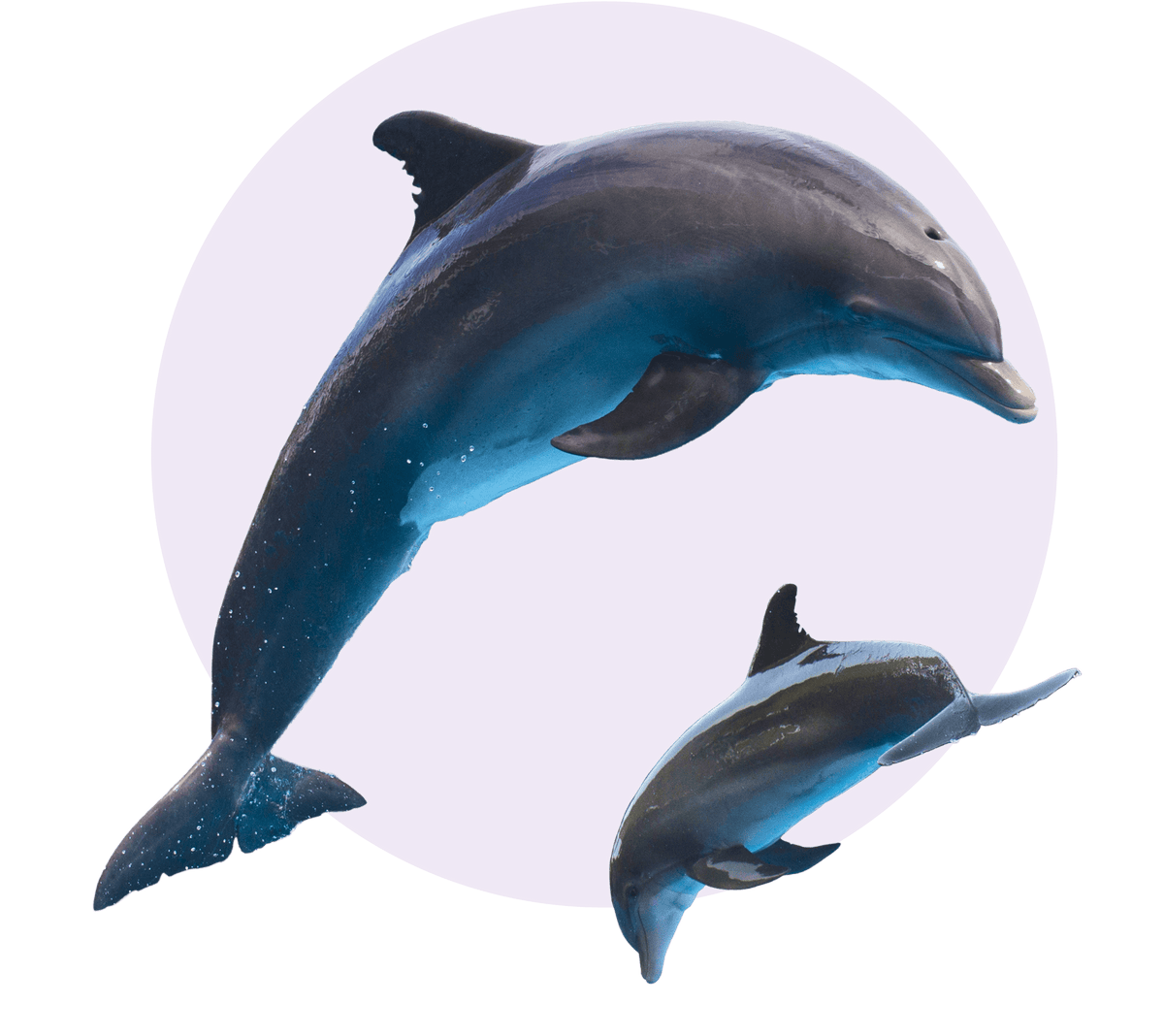
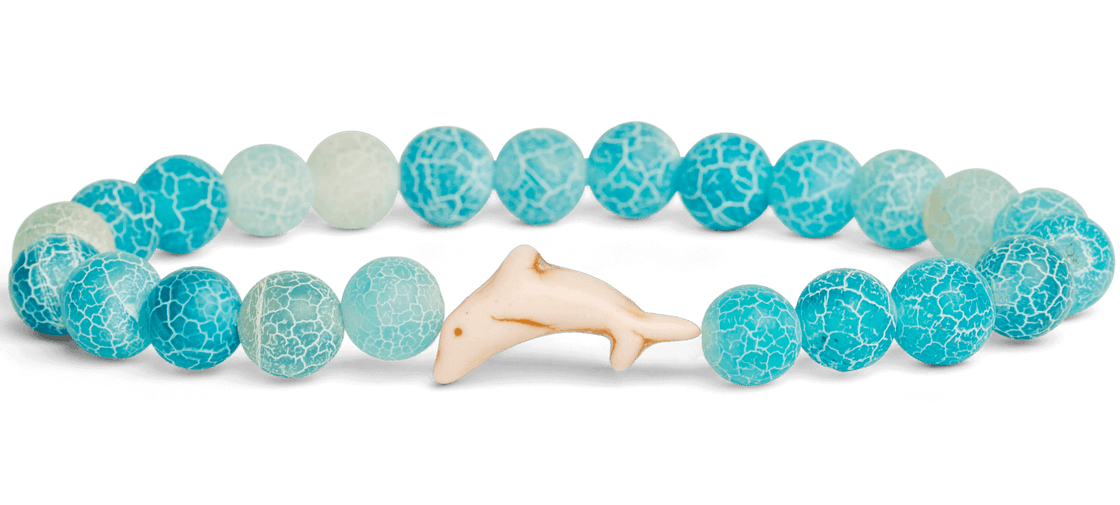
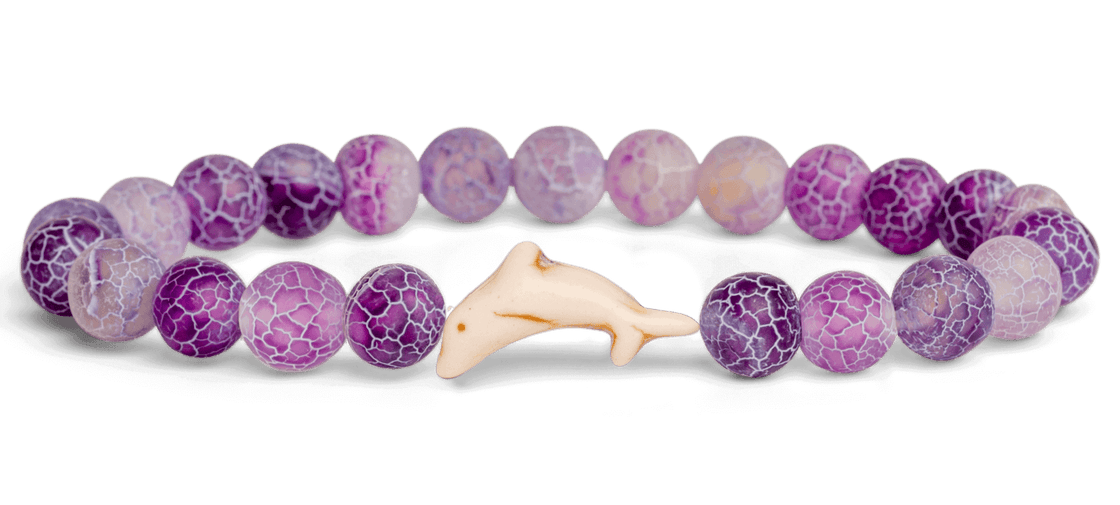
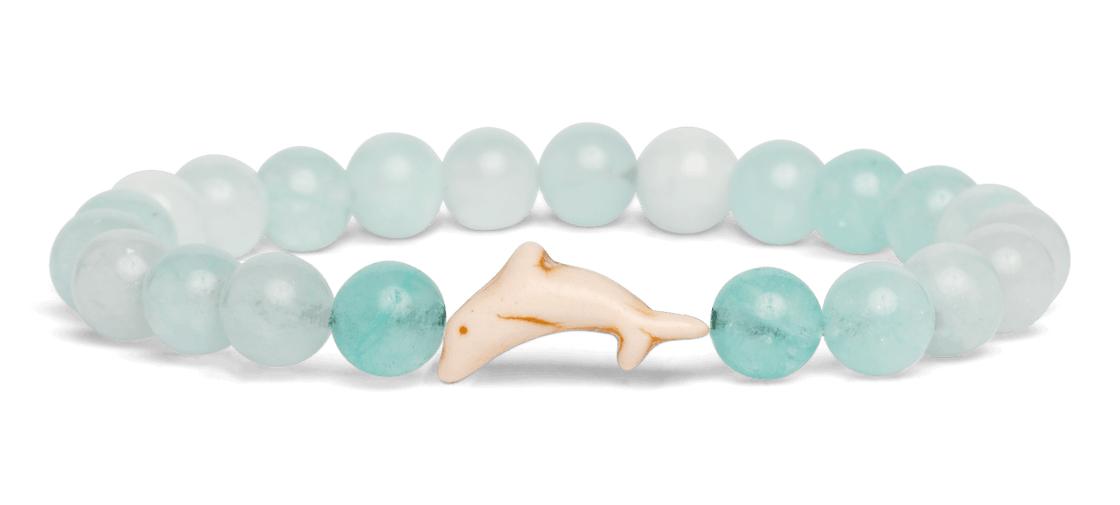
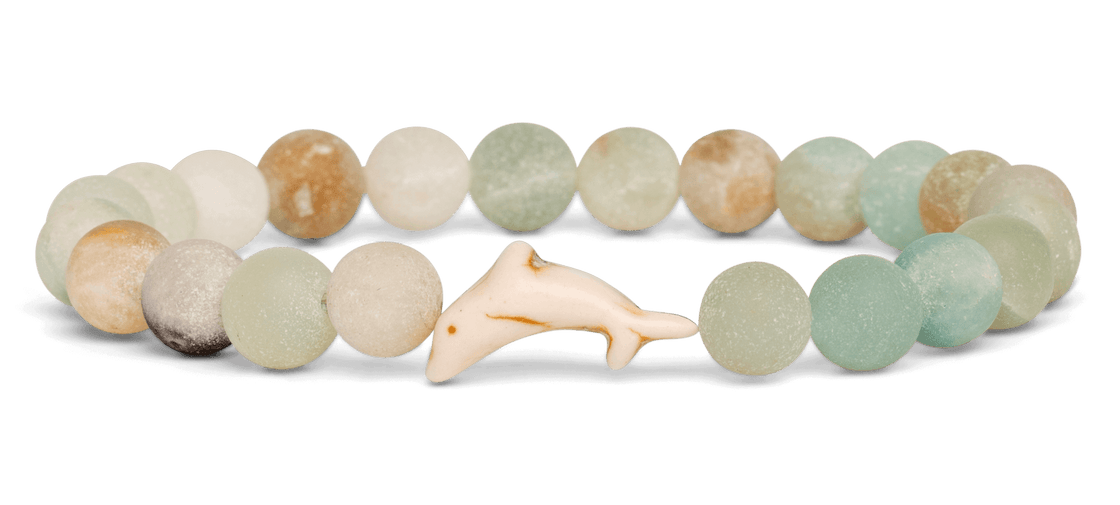
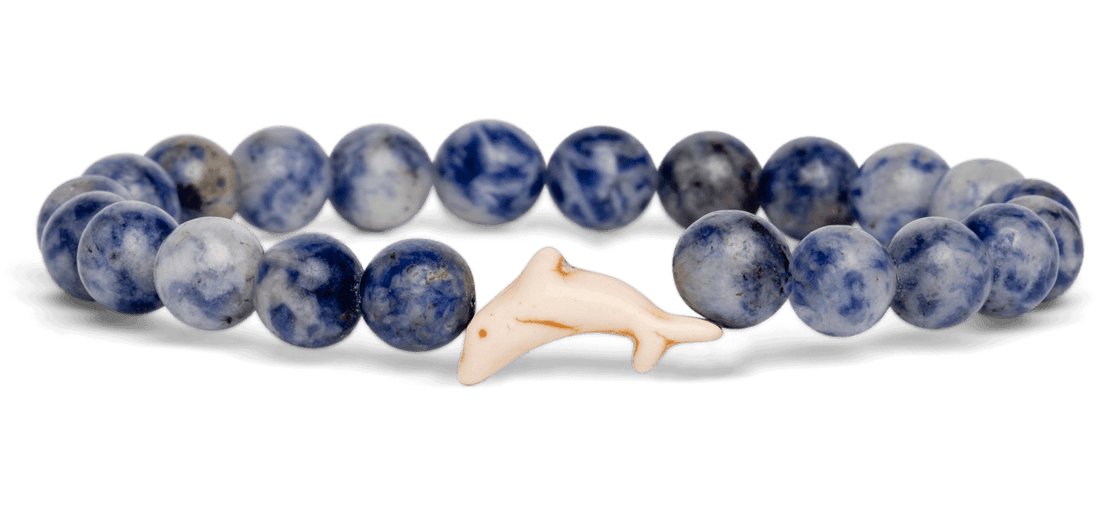

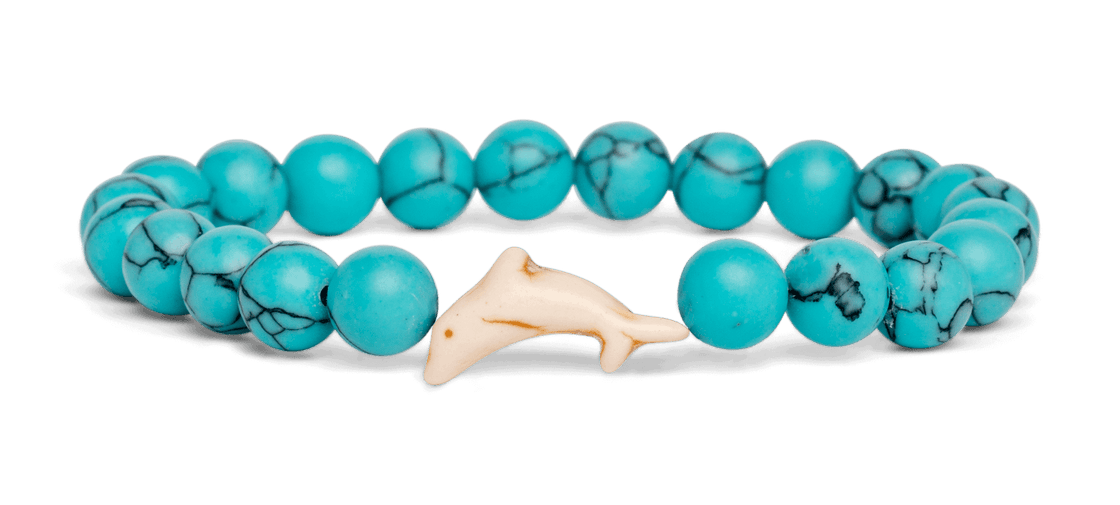
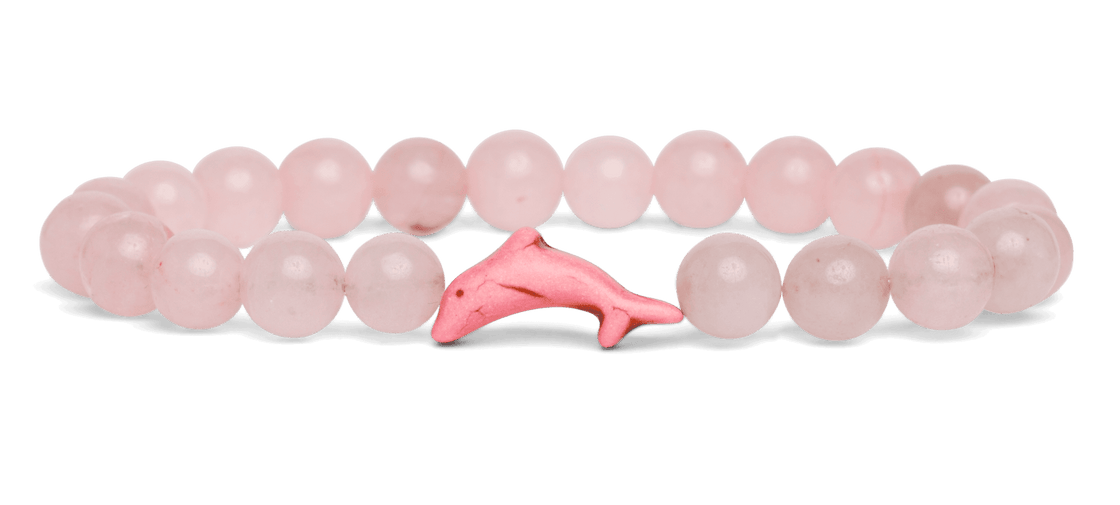
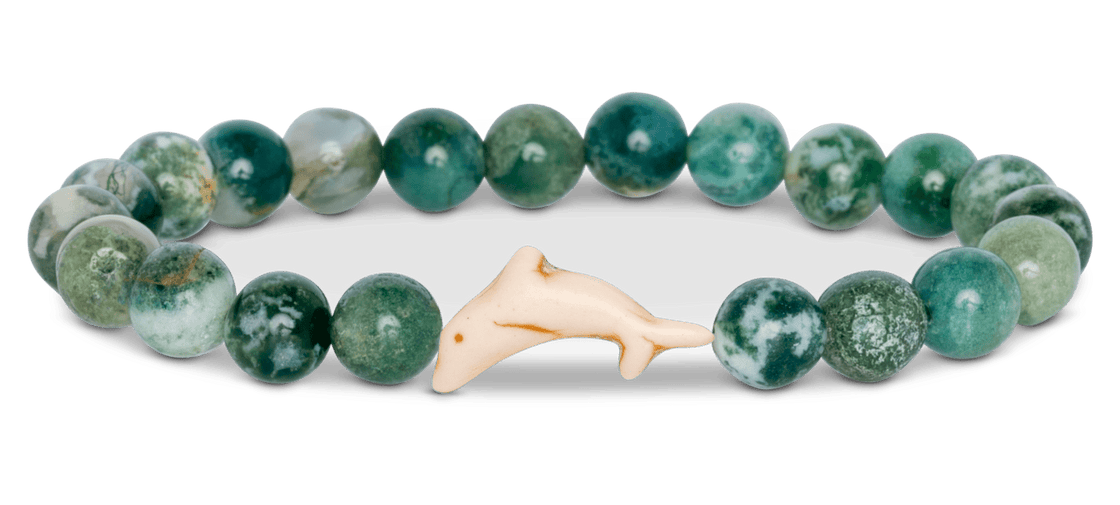
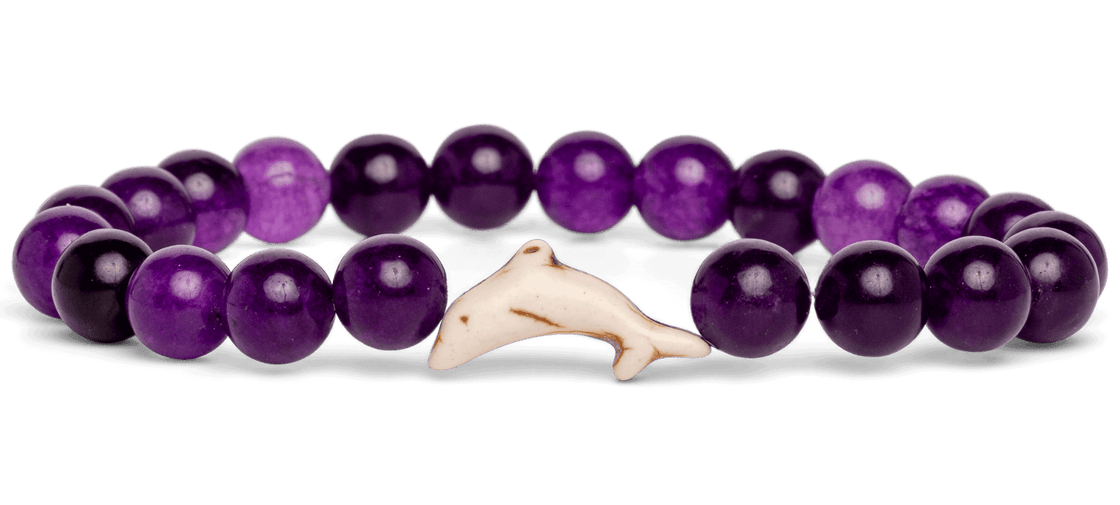
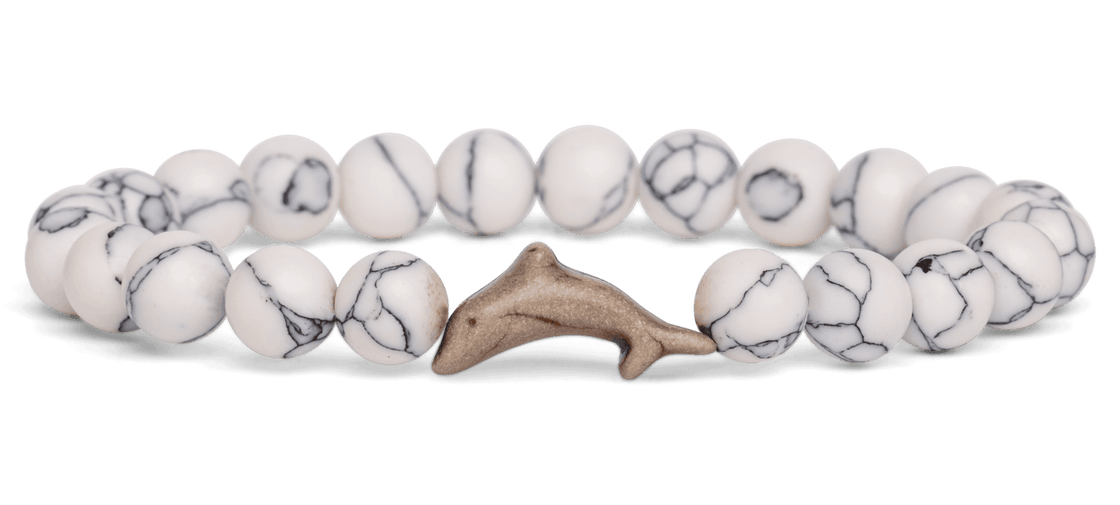
 This animal’s safety guarded with the Fahlo Protection Ping™
This animal’s safety guarded with the Fahlo Protection Ping™ Add 3 or more bracelets and get free shipping!
Add 3 or more bracelets and get free shipping! Fahlo donates 10% of all profits to our nonprofit partners
Fahlo donates 10% of all profits to our nonprofit partners Sizing: Elastic, one size fits most
Sizing: Elastic, one size fits most SSL Secure Checkout
SSL Secure Checkout Worldwide Shipping
Worldwide Shipping Dedicated Customer Service
Dedicated Customer Service 100% Happiness Guarantee
100% Happiness Guarantee